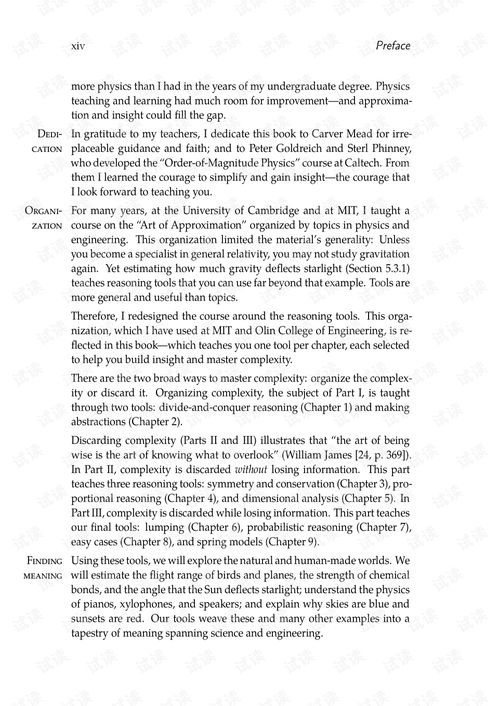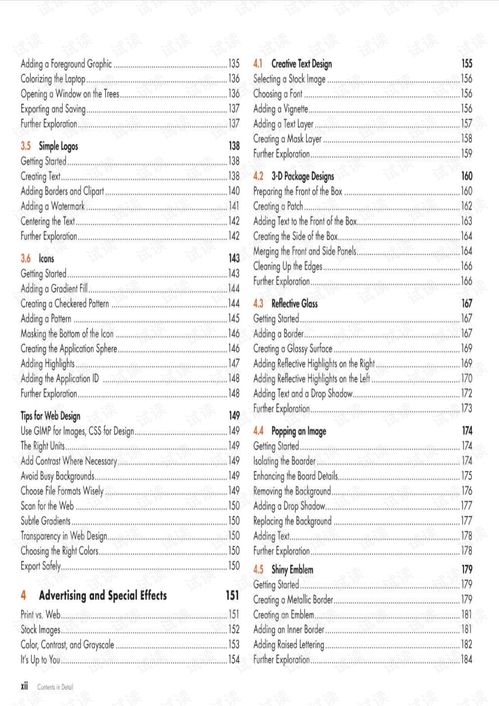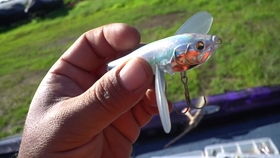Content:
Introduction: Fishing, an ancient pastime that has been cherished by millions around the world, requires not only patience but also a set of skills to ensure a successful catch. One of the most crucial skills in fishing is learning how to correctly and effectively lift the fishing rod, or "reel in." This article delves into the essential techniques for mastering the art of reeling in, helping both beginners and seasoned anglers alike improve their chances of landing that big one.
Choosing the Right Equipment: Before delving into the technique, it's important to ensure you have the right equipment. A well-maintained fishing rod, reel, and line are essential for a smooth and successful reeling in process. Make sure your rod is appropriate for the type of fish you're targeting and that your reel is properly lubricated and adjusted.
Preparing Your Line: Before you start reeling in, ensure that your line is in good condition. Check for any kinks, snags, or frayed areas that could hinder your efforts. Also, make sure that your fishing line is properly tied to the lure or bait and that it's the right thickness for the fish you're trying to catch.
Positioning Your Body: When it comes to reeling in, your body position is key. Stand with your feet shoulder-width apart and bend slightly at the knees. This stance allows for a stable base and flexibility, which is important when fighting a fish.
The Right Grip: Hold your fishing rod with a firm but relaxed grip. Your thumb should be wrapped around the handle, while your index and middle fingers should be gripping the rod above the reel. Avoid wrapping your fingers too tightly, as this can cause fatigue and potentially lead to mistakes.
The Lift: The lift is the first movement you make when reeling in. To perform the lift correctly, start by positioning your rod at a 45-degree angle to the water. Then, use a smooth, upward motion to lift the rod towards your body. The lift should be gentle and controlled, ensuring that the line doesn't get tangled or snap under tension.
The Reel: Once you've lifted the rod, begin to reel in the line. Use a steady, consistent motion, applying just enough pressure to keep the line tight but not so much that you risk breaking it. The reel should be engaged and working in harmony with your rod movements.
The Set: After a few successful reel movements, you may need to set the hook. This is done by lifting the rod abruptly and then sharply pointing it towards the fish. The set should be quick and decisive, ensuring that the hook is properly embedded in the fish's mouth.
The Drag: As the fish starts to move, it's important to manage the drag on your reel. The drag helps to prevent the line from snapping under the strain of a fighting fish. Adjust the drag to a setting that allows the fish to move but also keeps it from pulling the line off the reel.

The Land: When the fish is tired and close to the boat or shore, it's time to land it. Gently guide the fish towards the boat or shore, using the rod to direct its movements. Once it's close enough, you can net the fish and gently remove the hook.
Conclusion: Reeling in a fish may seem like a simple task, but it requires a combination of skill, patience, and technique. By following these essential steps and continuously practicing, you'll be well on your way to mastering the art of reeling in. Whether you're a beginner or an experienced angler, honing your reeling in skills will undoubtedly enhance your fishing experience and increase your chances of catching that prized catch. Happy fishing!












